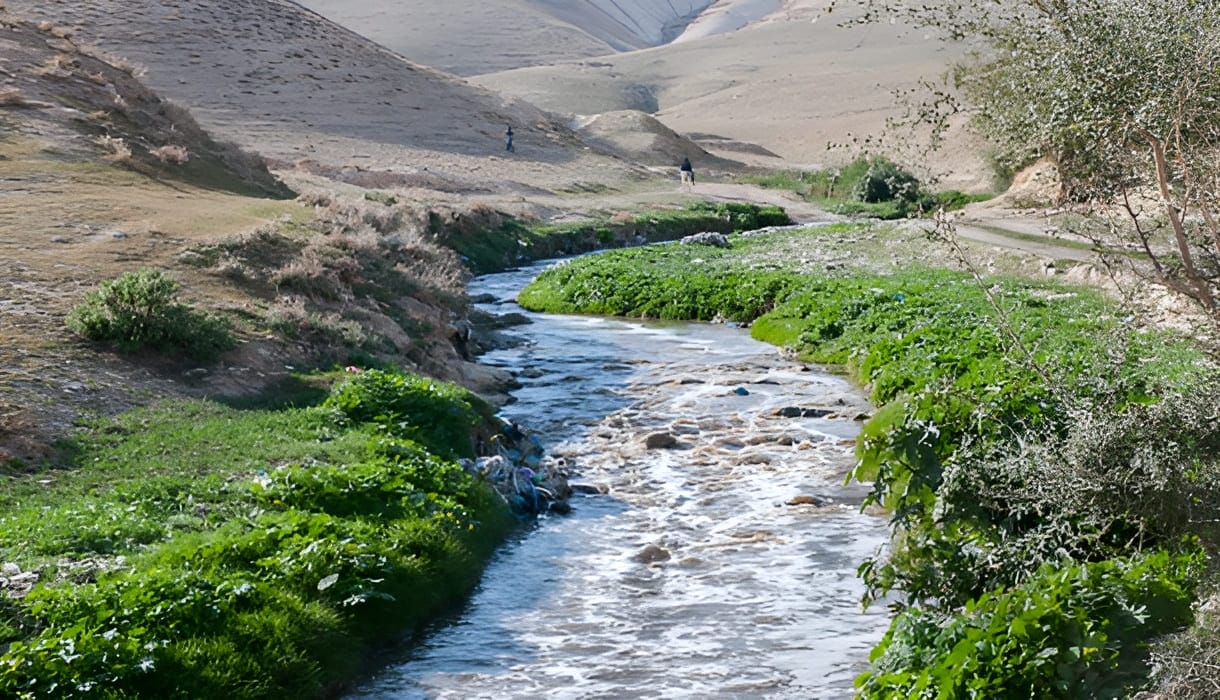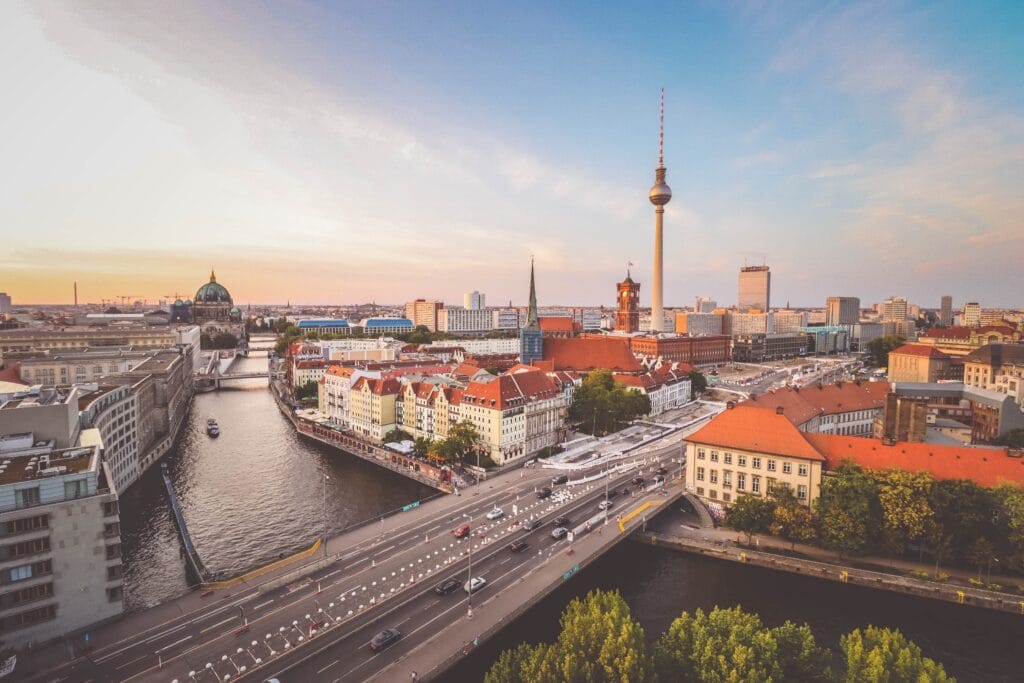Somalia is emblematic of the wider situation around the world whereby climate change is having cascading impacts that reach far beyond borders.
For more than three billion people in developing countries, the visceral impacts of a changing climate are part of everyday life, and climate projections suggest worse is to come.
Yet what emerged from COP26 and the Glasgow Climate Pact left vulnerable communities without the support needed to rebuild and respond to unavoidable impacts of climate change.
The repercussions of these impacts may be far-reaching in the next decade, and it is in the interests of wealthier nations to finance adaptation in the most at-risk regions to help them become more resilient.
Somalia is no stranger to climate extremes
Malyun Muhumad, a 35-year-old mother of five with the eldest currently just eight years old, was forced to leave her village in the Hirshabelle state in Somalia in 2016 due to a devastating combination of repeated flooding and the impacts of a swirling conflict which has plagued the country for the past three decades.
The family now lives in a camp for internally displaced people in central Somalia near the border with Ethiopia, and Malyun opened a small kiosk there to provide for her family – but then lost everything due to another flood.
In the camp, her husband is at risk of recruitment into one of several militant groups – such as al-Shabaab, a fundamentalist Islamist group seeking to overthrow the government and create an Islamic emirate in Somalia.
Her sons may be at risk of this too as they grow older because militant groups tend to focus on recruiting young men in poverty with few choices, taking advantage of the self-reinforcing cycle of natural disasters, displacement, and grinding poverty.
Malyun’s experience echoes the situation facing millions in Somalia – in 2021, three-quarters of all displacement there was due to flooding or drought, and heavy rainfall led to a national emergency being declared over the country’s largest swarm of locusts in 25 years, resulting in a huge loss of vegetation and livelihoods.
Changing migration patterns, poor urban planning and infrastructure, and growing inequality continue to put more people at risk of harm from floods or drought – with fewer resources to tackle these hazards, vulnerabilities increase and the vicious cycle continues. And these increasingly frequent events are likely to have knock-on effects, with recent research showing East Africa is the region of most concern for near-term climate impacts on food security, migration, displacement, and conflict.
Developed countries are not immune to climate impacts
The impact of instability in Somalia has ramifications far beyond its borders, with cascading impacts in Ethiopia, Kenya, Yemen and beyond. This example chimes with research from Chatham House which canvasses 200 experts on which climate hazards should most concern decision-makers in the coming decade.
The paper described cascading impacts on food security, migration, and global supply chains originating in the most vulnerable countries and then affecting regional country groups and the wider global community. A lack of aid for adaptation and poverty reduction tackling food insecurity seen in places such as Somalia could result in greater political instability and conflict and drive increased migration across the Horn of Africa and to southern Europe.
The transboundary effects of climate change which spread rapidly and uncontrollably show the world that even developed countries are not immune from catastrophic future impacts.
In the near-term, global adaptation efforts must focus on addressing socio-economic vulnerabilities in the most threatened regions. Action on adaptation in vulnerable countries and regions is in the interests of all nations, to prevent cascading food insecurity, migration, and conflict across the world.
Somalia has a population of almost 16 million people with most living in rural areas as nomadic or semi-nomadic pastoralists. The predictability of the climate underpins Somalia’s agricultural economy, which accounts for about two-thirds of its GDP. The UN estimates Somalia could need $48.5 billion to adapt to climate change between now and 2030 – a massive amount for a country whose annual GDP is less than $5 billion.
Somalia used to have flood defence systems appropriate for the seasonal climatic changes but years of underinvestment weakened these systems while climate change has put increasing pressure on them and, in some cases, further damaged them.
Has COP26 fallen short?
Climate change has also caused conflict in regions whose weather has changed dramatically, and this conflict is typically caused by pressure on local resources such as water. Somalia is integrating climate approaches at the local level to try to help build this community resilience, and is putting people at the centre of adaptation efforts by using local knowledge.
This year international donors supported a locally led process to fix a small dam in Malyun’s camp to manage water flows and open a canal to release river water. This investment into local adaptation has allowed Malyun to re-open her small kiosk.
Nevertheless, current investments in adaptation constitute only a fraction of what is needed to avert the worst climate disasters, and equity demands developed countries increase commitments to, and the accessibility of, climate finance for vulnerable communities.
COP26 was critical because funding to local adaptation approaches not only builds resilience but also can help to address the root causes of conflict in places like Somalia.
Evidence suggests this will lead to a reduction in the international security risks of migration and of recruitment into militant groups. While there were announcements about the need to meet the $100 billion a year in adaptation finance, current trends show that commitment will only by met in 2023.
There is also no guarantee that the money will reach the places where it is most needed, namely the poorest and most vulnerable countries like Somalia. The saying ‘no one is safe until everyone is safe’, repeated so often during the COVID-19 pandemic, is just as critical in relation to climate hazards.
Coauthored with Anum Farhan, Coordinator, Environment and Society Programme, Chatham House, and Christoph Hodder UN Environment and Climate Security Advisor to Somalia, UNEP. Published by Chatham House 21 December 2021 – Link


